Increase green material content in our products to 50% by 2025

Terms of the action or commitment
Schneider Electric has committed to increase green material content in its products to 50% by 2025 compared to 2021, as part of its Schneider Sustainability Impact program (SSI #4). With that long-term commitment, the Group aims to:
- Be a change agent to accelerate the transformation toward a low-carbon and circular economy of the material industry;
- Reduce Scope 3 supply chain emissions, in line with Schneider Electric Net Zero Carbon Committments;
- Differentiate Schneider products from those of competitors in the eyes of customers by using low CO2, circular, and safer materials in products.
In 2021, Schneider Electric procurement, environment and R&D experts come out with the following definition of a green material:
- A material with a lower environmental footprint; and/or
- A material that is the output of an industrial technology which is a key enabler for a 1.5°C climate scenario and/or a more circular economy.
Considering this definition, Schneider Electric has identified two main levers of action up to 2025:
- Build traceability in the value chain. This is a priority for metals today, where visibility on the environmental impact and technology-origin of procured metals is low.
- Select green materials based on a lower environmental footprint. The lower environmental footprint attributes are defined for each commodity in scope
The commodities in Scope are: Steel and Aluminum direct purchases and Thermoplastics; representing a total of 360 kt of raw materials (approximatively 30% of total schneider Electric raw material annual consumption and 30% of Schneider Electric Scope 3 upstream emissions). Over the coming exercises, Schneider Electric will strongly engage with suppliers to promote and refine our definition as well as extending the scope of Green materials program to other commodities such as Copper or Thermosets.
Levers mobilized for circular economy (according to Ademe)
Implementation timeline
Starting year
2021
Ending year
2025






